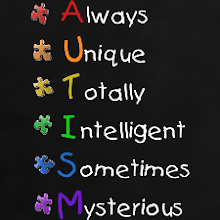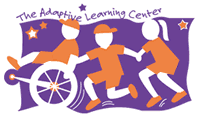The DASH diet is recommended by physicians for people with
hypertension (high
blood pressure) or
prehypertension. The DASH diet eating plan has been proven to lower blood pressure in studies sponsored by the National
Institutes of Health (
Dietary
Approaches to Stop Hypertension). In addition to being a low salt (or low sodium) plan, the DASH diet provides additional benefits to reduce blood pressure. It is based on an eating plan
rich in fruits and
vegetables, and low-fat or non-fat dairy, with whole grains. It is a high fiber, low to moderate fat diet, and is rich in potasium, calcium, and magnesium. The full DASH diet plan is
shown
below. The DASH diet is a healthy plan, designed for the
whole family. New
research continues to show additional health
benefits of the plan.




















